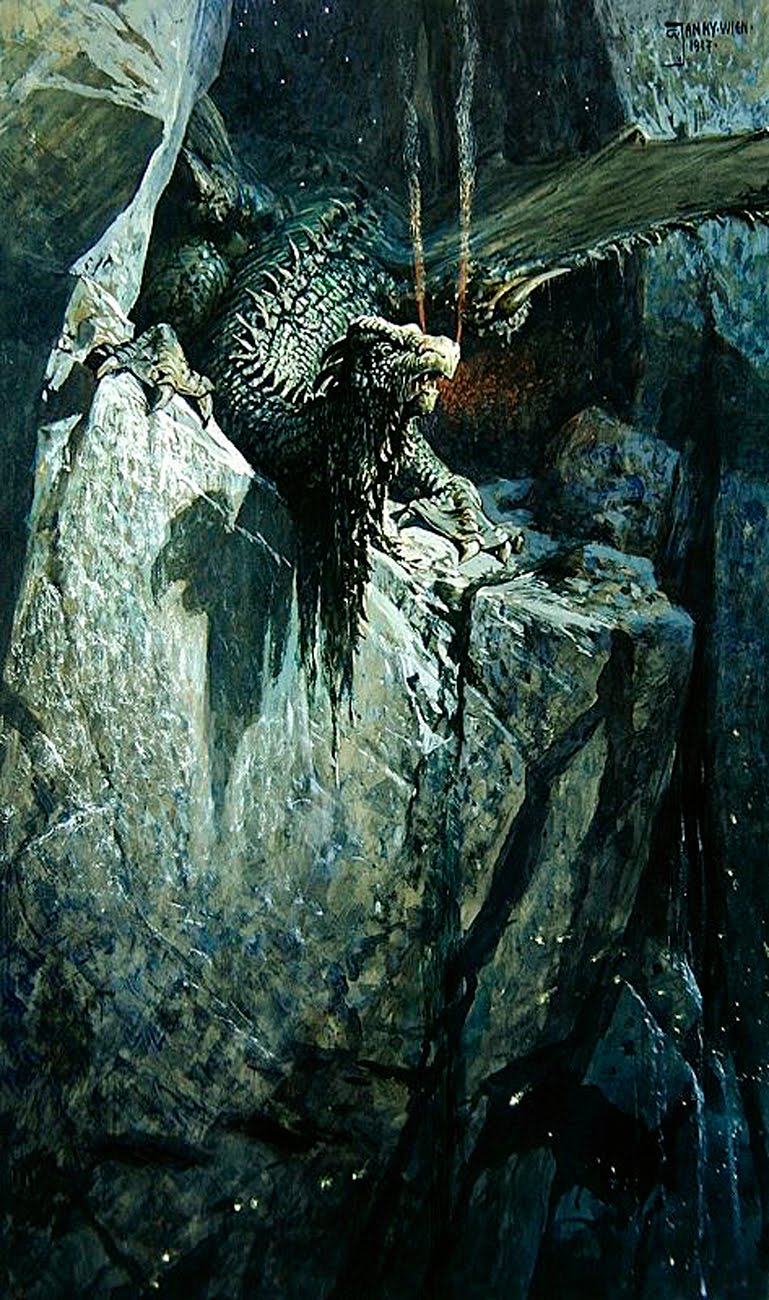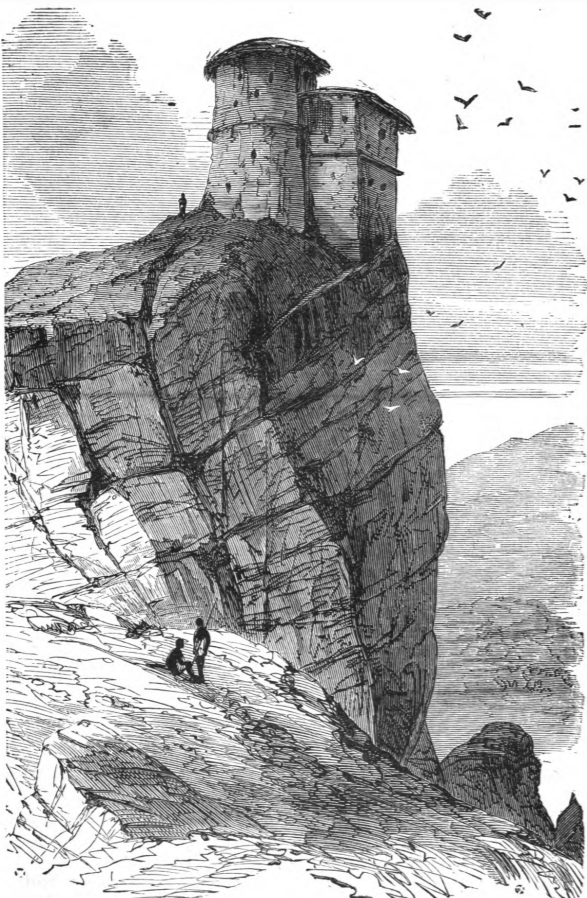Ugaron
The campaign is set in a world called Ugaron.
The largest, most powerful human culture is the Empire of
Fultar; its inhabitants are known as Fultonians. Fultar is a prosperous, powerful state. It has some hallmarks of both feudal, chivalric culture--knights, orders of paladins--and a centralized empire--a centrally controlled army, a powerful navy. Fultar once ruled a much greater territory than it does today, so its cultural, religious, and linguistic in-fluence lingers far beyond its current borders. Its capital, Fulton, is a vast thriving seaport metropolis, the richest, most populated city in the known world. There are seven main Baronies, Barony of Ashan, Barony of Atlan, Barony of Bortlan, Barony of Lithia, Barony of Mabon, Barony of Ranalin and Barony of Torana.
North of the Northern Fultar, along the coast, is Gildam Confederacy and then the fragmented and weak kingdom of Bevil, whose in-habitants are essentially Fultonian in culture and language. Beville is the northern border of the old Fultonian em-pire at the height of its expansion. Immediately north of Beville are the independent mafia-city-states of the Chaotic Coast, home of slavery, smuggling, and piracy. To their north is the large, prosperous Celtic Kingdom known as Gilean. The Fultonian Navy occasionally mounts punitive expeditions or raids into the chaotic coast when piracy between Fultar and Gilean gets out of control. Farther north and west yet is Aesgard, land of Vikings, bordering on the arctic wastelands.
East of Beville, and stretching away to the northeast, is a tremendous primeval forest inhabited by Celtic tribes and demihumans, including a large confederation of kingdoms of high elves. North above the forest are several other human kingdoms, including Barovia, an Eastern-European area overrun by the undead and other evil forces, the Kozar Steeps, the hilly home territory of an aggressive, tribal culture known as the Kozar (think The Balkans), which often allies itself with evil demi-humans. Wandering gypsies travel all the way from these regions to Fultar.
For centuries a mountainous peninsula that juts into the Southern Sea was home to an independent kingdom of dwarves, known as Sua, but in the past 20 years Bueva and her imperial army waged a savage war against the Sua dwarves and finally brought them under the subjugation of the empire.
Separated from Fulton and the Baronies by the Southern Sea, the Southern Territory is an area of gentle hills, sparse forest, and rolling plains, more like the southern African savannah than the eastern European steppes. To the south the savanna-like grasslands slope up to hilly jungles, and beyond them are several African-type king-doms (Ibia and Nubia). To their east and beyond the jungles, the vast deserts of Arabia.
The Southern Territories could be richly productive grazing and farming land, but it is lightly populated and not very developed. The native nomadic tribespeople of the region (think Bushman, Masai) have largely resisted assimilation and conquest; they aren't strong enough to push the Fultonians out, but the area is so large and open that they've essentially been able to trade territory for survival. Guar can travel through the Eastern Territories to raid the Southern Territories, and dinosaurs live in the jungles to the south, and sometimes hunt on the plains.
Overland trade routes passes through the Eastern and Southern Territories and on to the rich and exotic kingdoms of Arabia, Nubia and the Far East. After this caravan route leaves the network of Imperial roads in the Southern and Eastern Territories, there is no law or state protecting it, and while the route is not impossibly dangerous, caravans making the long journey overland go well-protected.
The last outpost of Fultonian cultural domination on the caravan routes -- the southeastern high-water mark of Fultonian expansion -- is a distant region known as the Vale of Elsir. It briefly existed as an independent state (like Rakkar), but broke apart into a chaotic feudal region hundreds of years ago.




